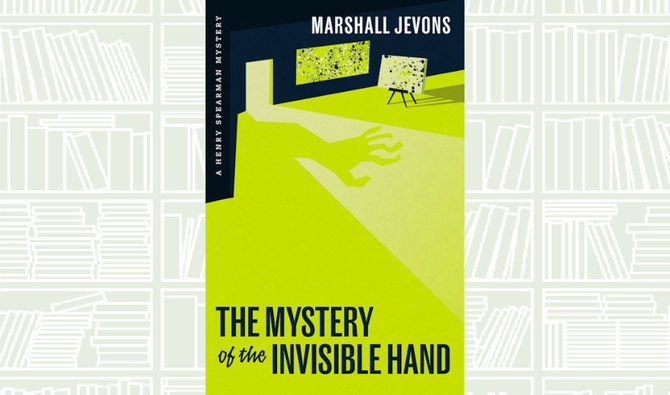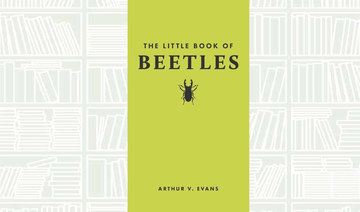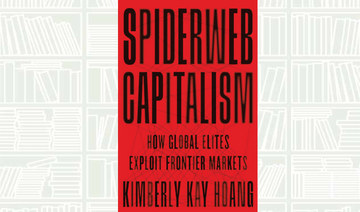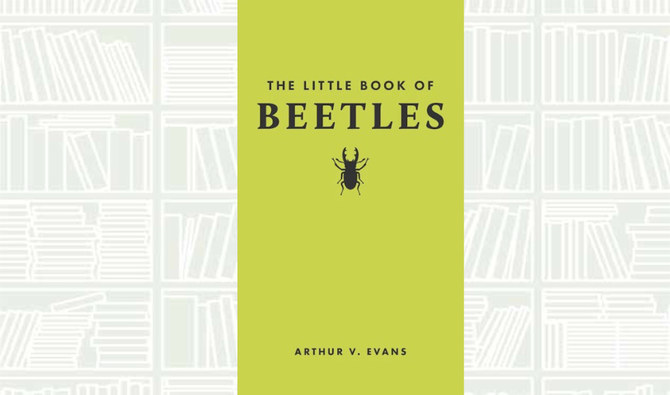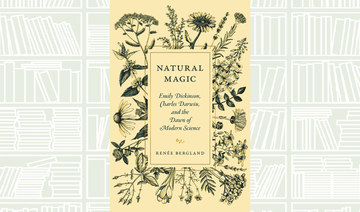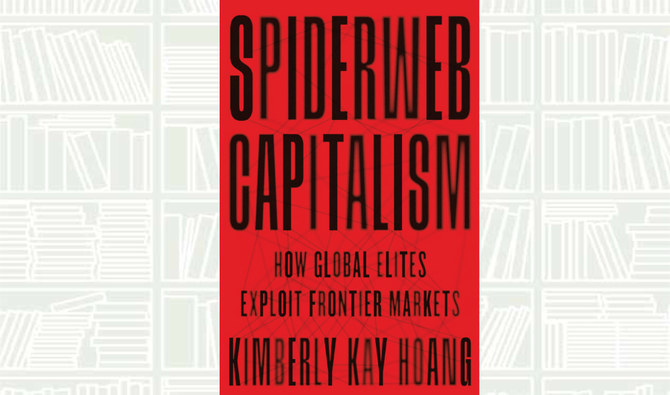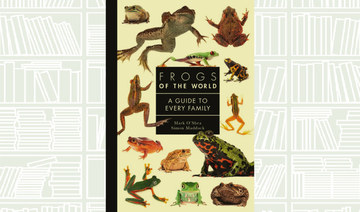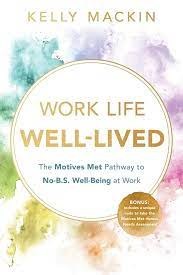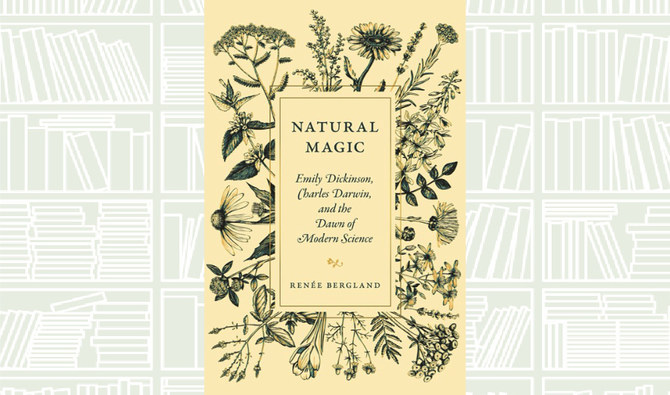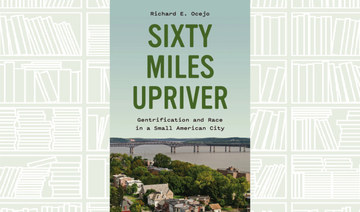BEIRUT: In the heart of medieval Cairo, facing the gate of Bab Zuwayla, lies the picturesque Street of the Tentmakers, Shari Khayamiya, lined with shops selling vibrant applique panels. This sewing technique, whereby textiles are sewn onto a ground material, is known as “khayamiya” and is unique to Egypt.
“The Tentmakers of Cairo,” by Seif El Rashidi and Sam Bowker, traces the origins of “khayamiya” from the 11th century to the present day. Khayamiya, the art of the tent, is derived from the Arabic word “khayma,” meaning tent.
It is difficult to understand why khayamiya has been the focus of so little attention besides a few articles, including an excellent piece in 1996 by John Feeny in “Aramco World Magazine,” a 2003 thesis and a 2015 documentary film by Kim Beamish.
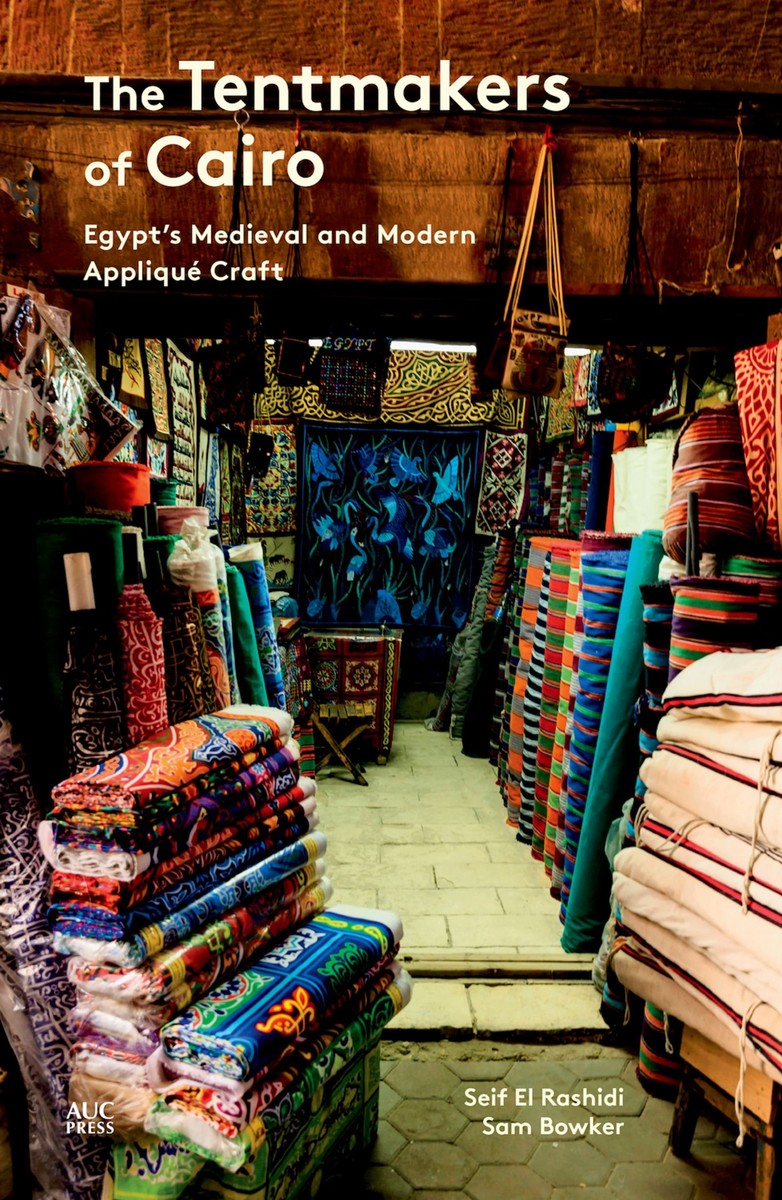
Until the end of the 19th century, khayamiya was essentially viewed in architectural terms. The authors reveal clear links between tent panels and doorways from that period, “indicating that these textiles were conceived of as architecture in cotton.”
With their colorful patterns of greens, blues, reds and yellows, these distinctive textiles brighten up a street. In the words of the authors, “they unite ornament, function, and ritual in a spectacular display of Egyptian visual culture.” A more decorative khayamiya devoid of Arabic calligraphy emerged in the 1880s to cater for the needs of the nascent touristic market for souvenirs of Egypt.





